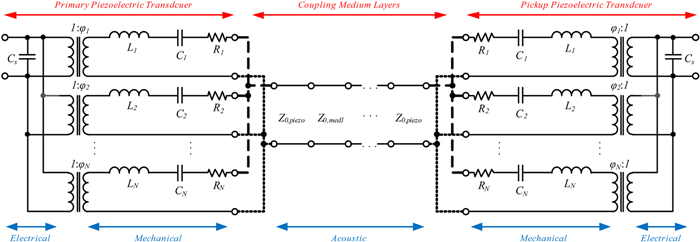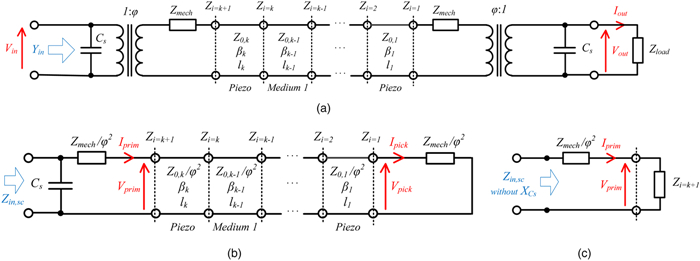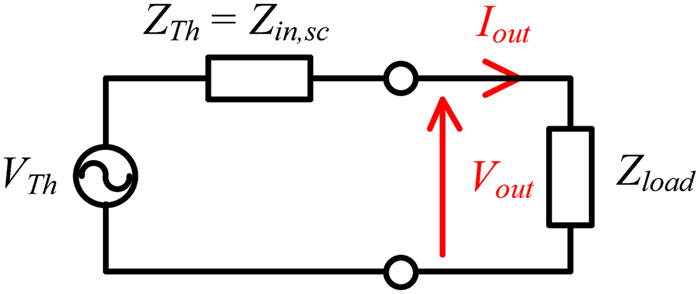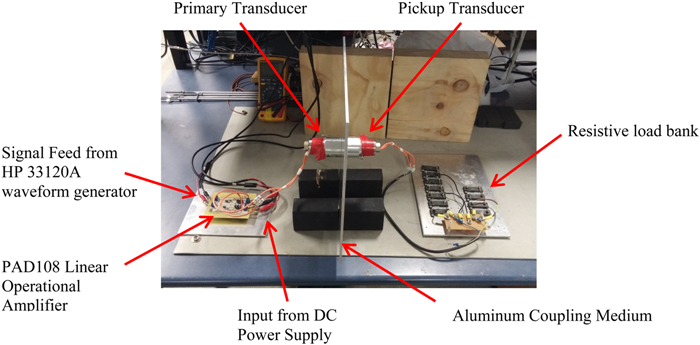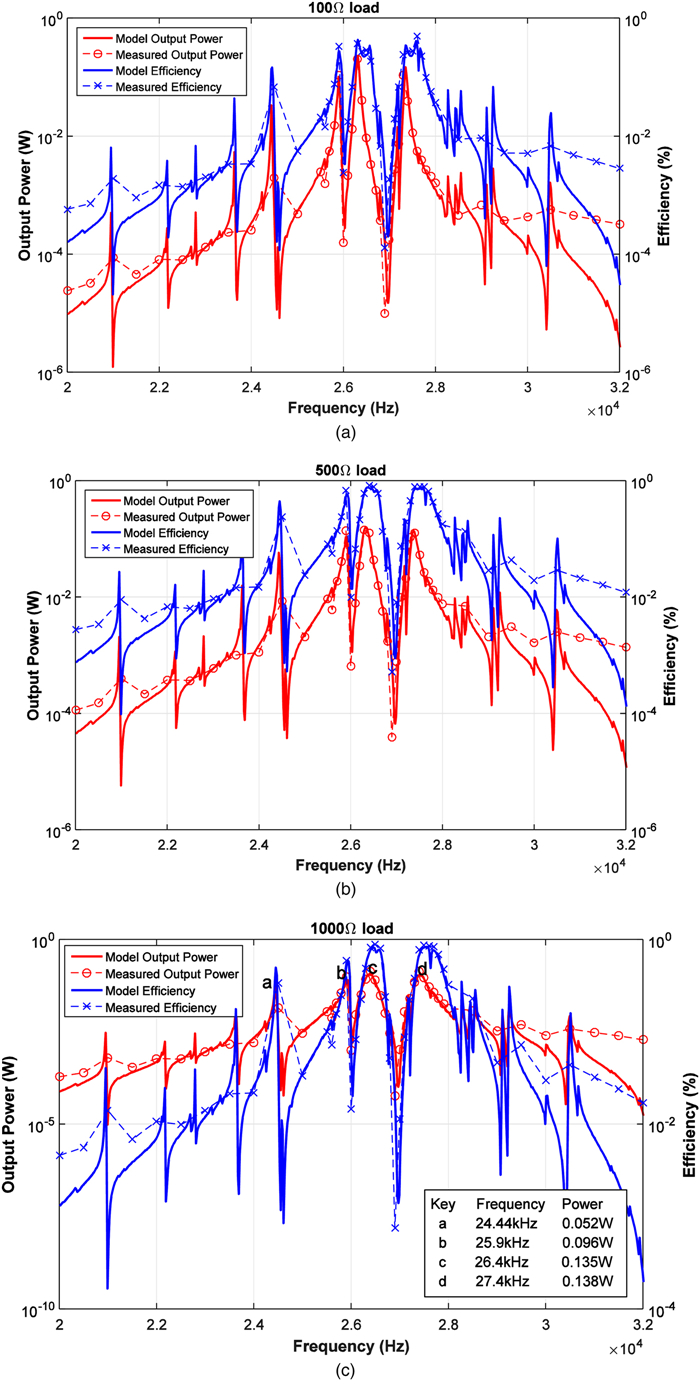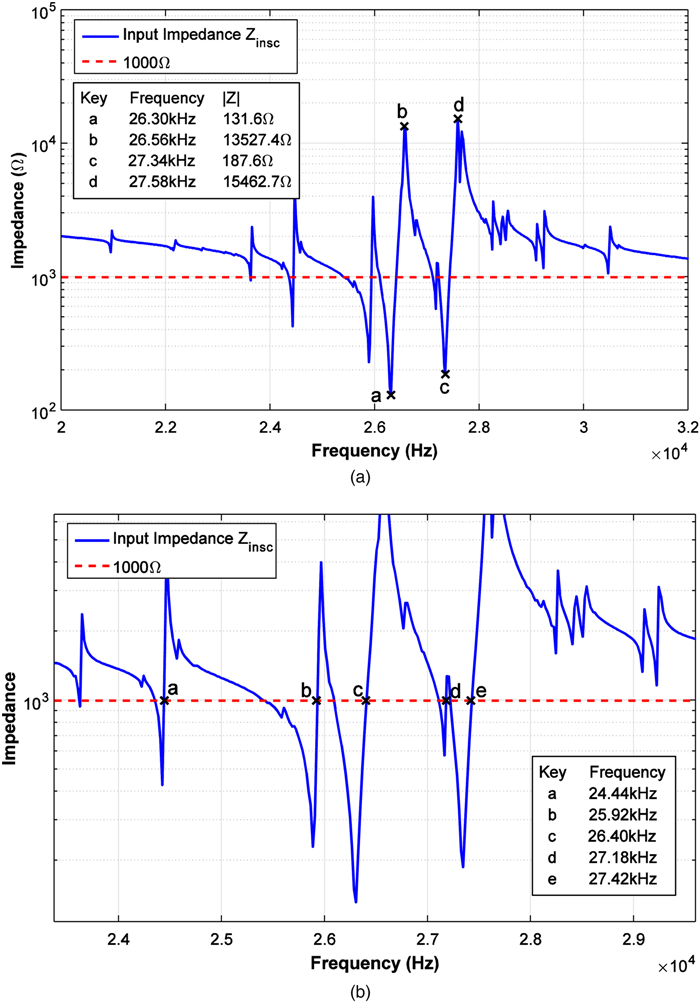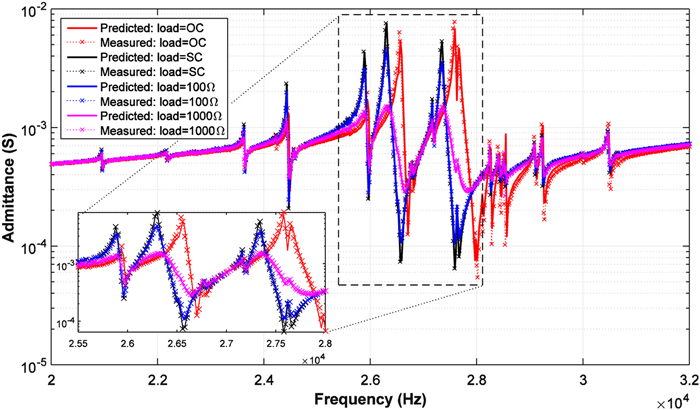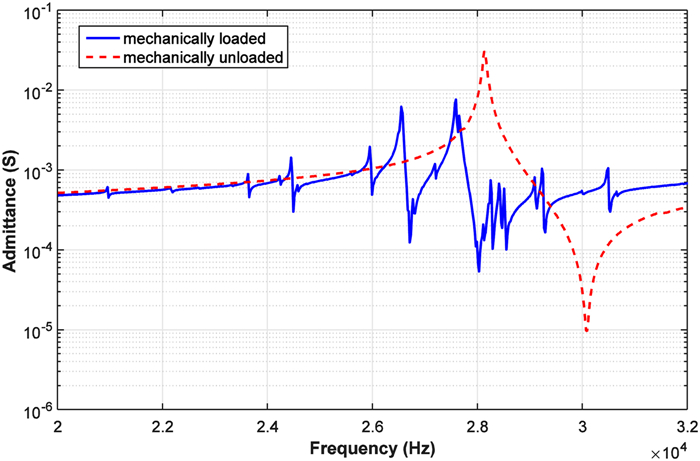-
About this article
Cite this article
Leung HF, Hu AP. 2017. Modeling and analysis of ultrasonic power transfer system with tightly coupled solid medium. Wireless Power Transfer 4(1): 1-12 doi: 10.1017/wpt.2016.9
Modeling and analysis of ultrasonic power transfer system with tightly coupled solid medium
Abstract: Ultrasonic Power Transfer (UPT) has been developed as an alternative solution for achieving wireless power transfer. This paper proposes a new model describing UPT systems with tightly coupled piezoelectric transducers firmly bound to solid media. The model is derived from the short-circuit admittance of the system measured from the primary transducer. The mechanical characteristics of the system are modeled with parallel LCR branches, which reveal the fundamental relationships between the power transfer characteristics of the tightly coupled UPT system and system parameters. The loading conditions for achieving the maximum power transfer are identified, and the operating frequencies corresponding to the peak power transfer points for variable loads are determined. A practical UPT system is built with two 28 kHz Langevin-type piezoelectric transducers connected to a 5 mm-thick aluminum plate, and the practical results have verified the accuracy of the proposed model.
-
Key words:
- Ultrasonic power transfer /
- Acoustic energy transfer /
- Tightly coupled


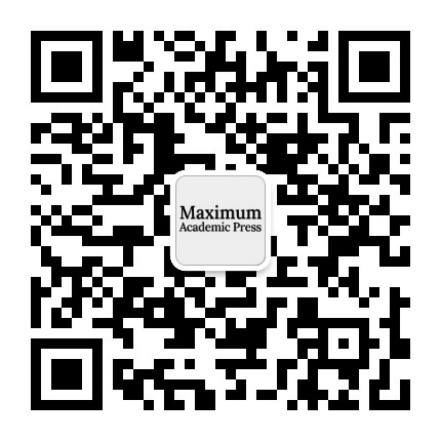







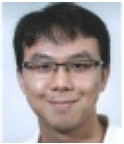 Ho Fai Leung received the B.E. (Hons.) degree, in 2013, from the University of Auckland, Auckland, New Zealand, where he is currently working toward the Ph.D. degree. His current research interests include modeling and design of ultrasonic power transfer systems.
Ho Fai Leung received the B.E. (Hons.) degree, in 2013, from the University of Auckland, Auckland, New Zealand, where he is currently working toward the Ph.D. degree. His current research interests include modeling and design of ultrasonic power transfer systems. 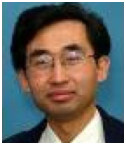 Aiguo Patrick Hu (M'01–SM'07) received the B.E. and M.E. degrees from X'ian JiaoTong University, Xi'an, China, in 1985 and 1988, respectively, and the Ph.D. degree from the University of Auckland, Auckland, New Zealand, in 2001. He served as a Lecturer and the Director with the China Italy Cooperative Technical Training Center, Xi'an. He was with the National University of Singapore, Singapore, as an Exchange Research Fellow. He has published more than 130 referred journal and conference papers, authored the first monograph on wireless inductive power transfer technology, and contributed four book chapters on inductive power transfer modeling/control and electrical machines, and holds 15 patents in wireless/contactless power transfer and microcomputer control technology. His current research interests include wireless/contactless power transfer and application of power electronics in renewable energy systems
Aiguo Patrick Hu (M'01–SM'07) received the B.E. and M.E. degrees from X'ian JiaoTong University, Xi'an, China, in 1985 and 1988, respectively, and the Ph.D. degree from the University of Auckland, Auckland, New Zealand, in 2001. He served as a Lecturer and the Director with the China Italy Cooperative Technical Training Center, Xi'an. He was with the National University of Singapore, Singapore, as an Exchange Research Fellow. He has published more than 130 referred journal and conference papers, authored the first monograph on wireless inductive power transfer technology, and contributed four book chapters on inductive power transfer modeling/control and electrical machines, and holds 15 patents in wireless/contactless power transfer and microcomputer control technology. His current research interests include wireless/contactless power transfer and application of power electronics in renewable energy systems 




